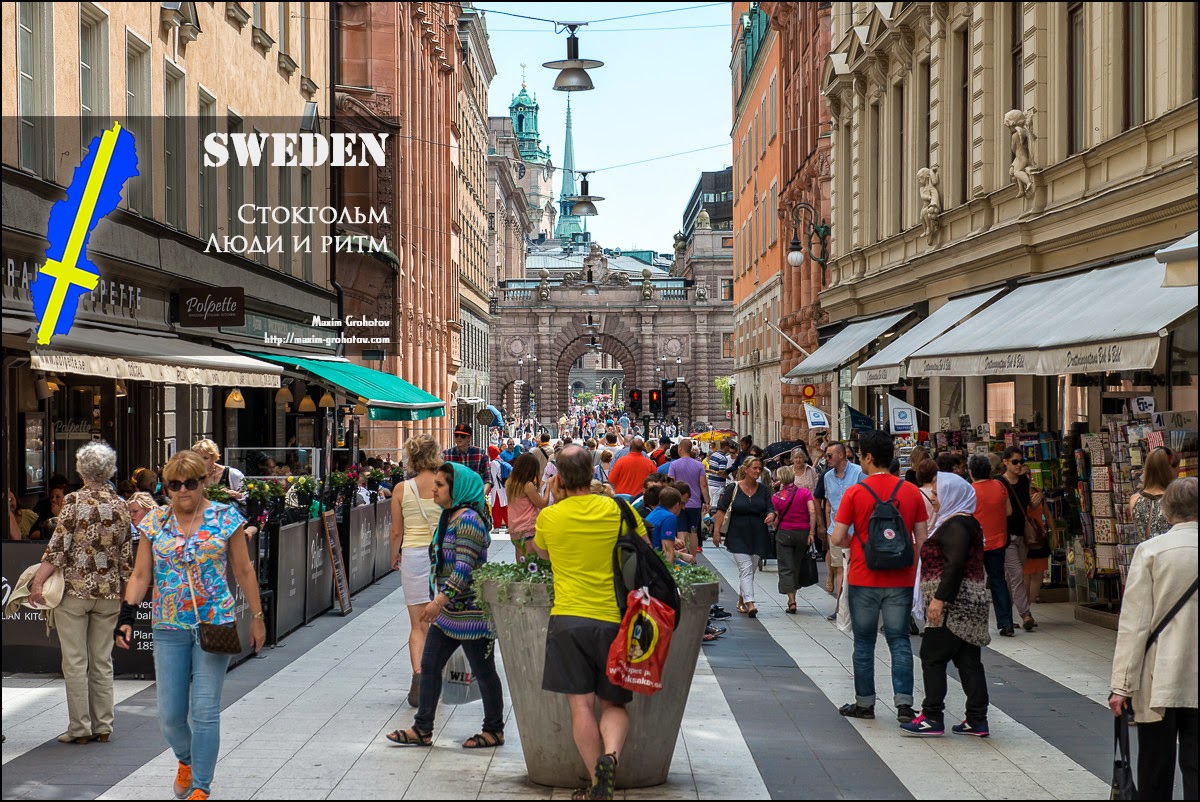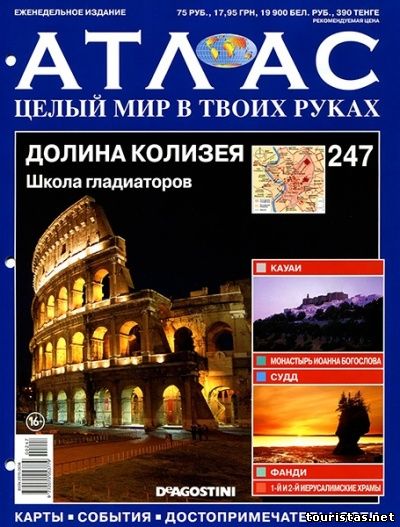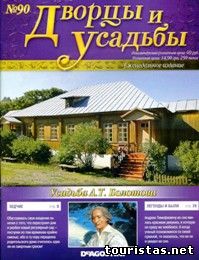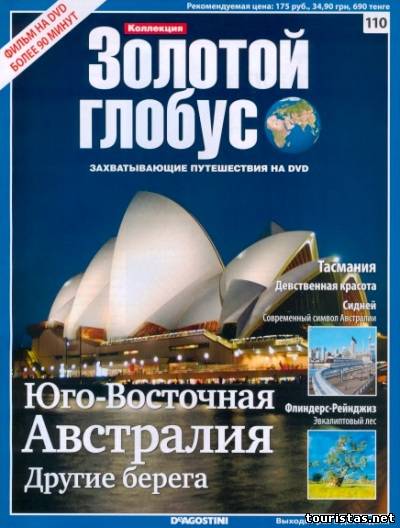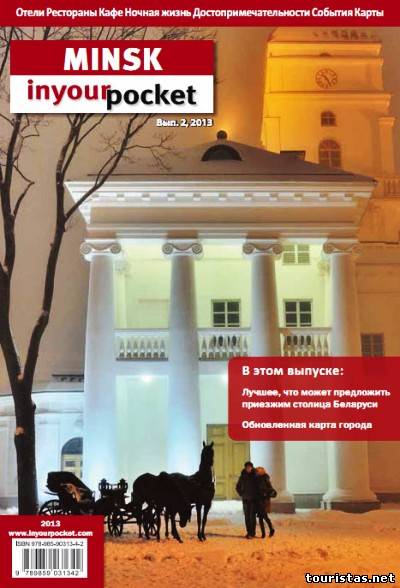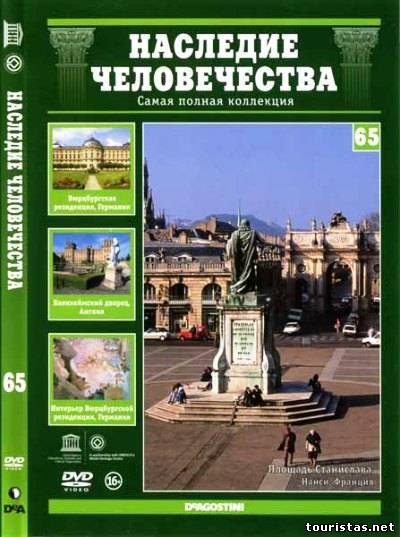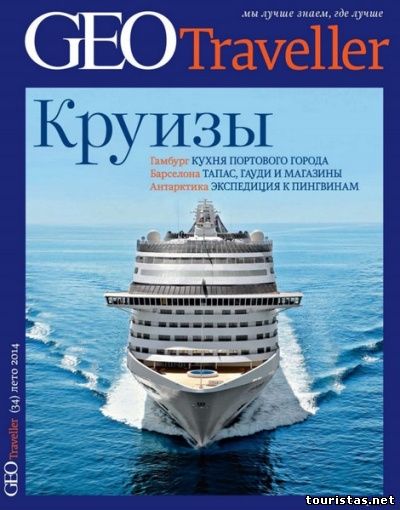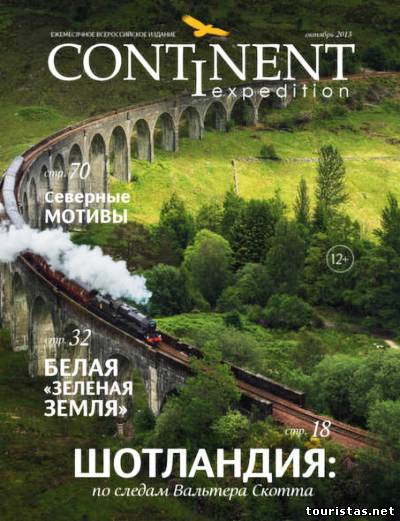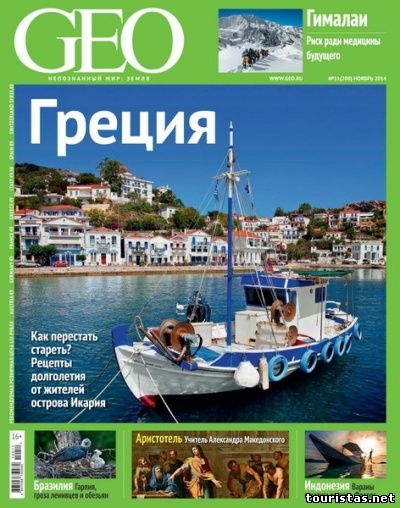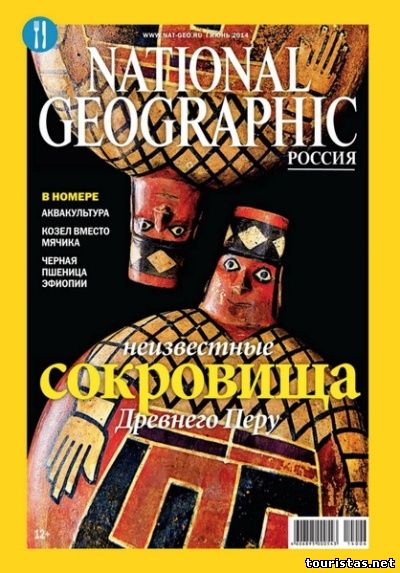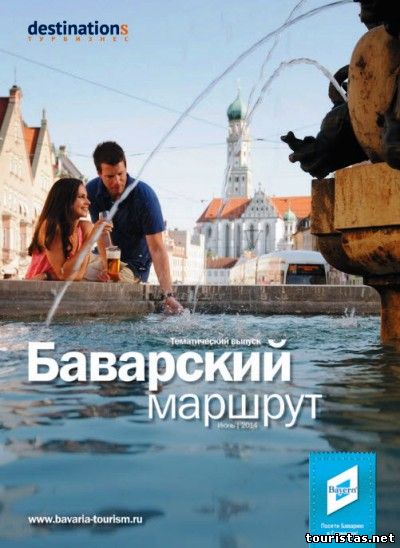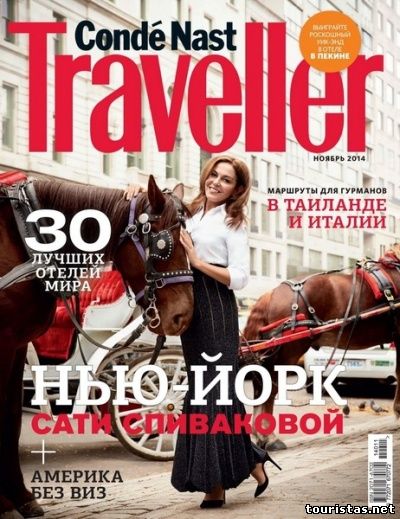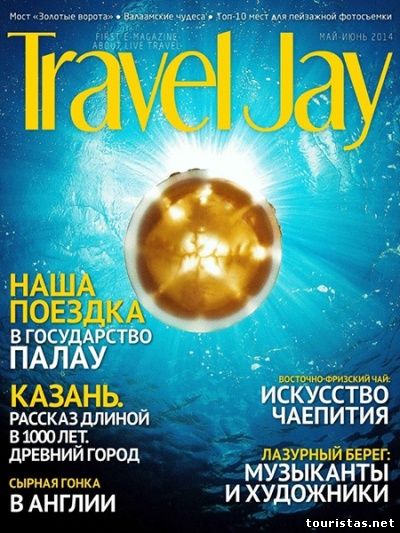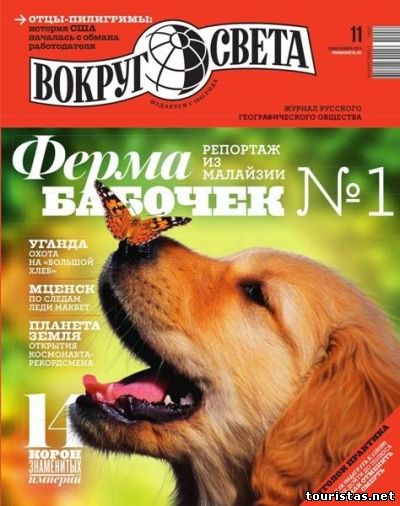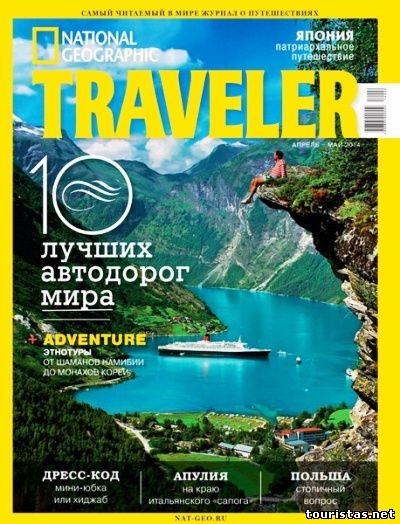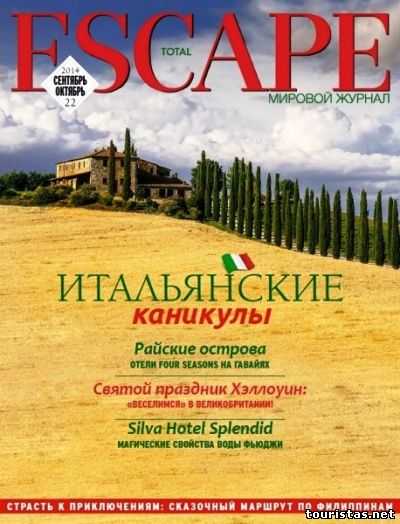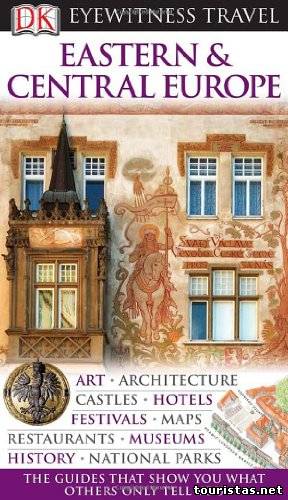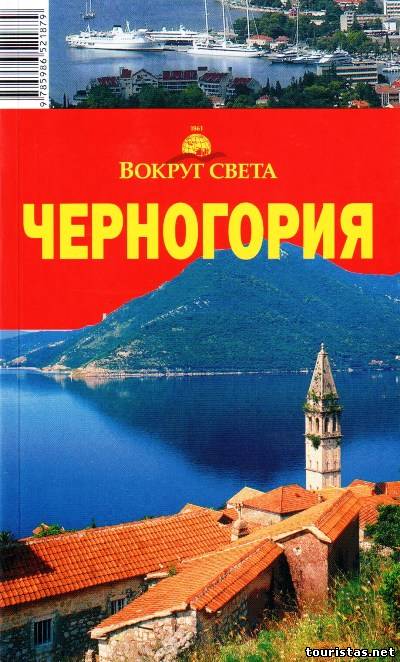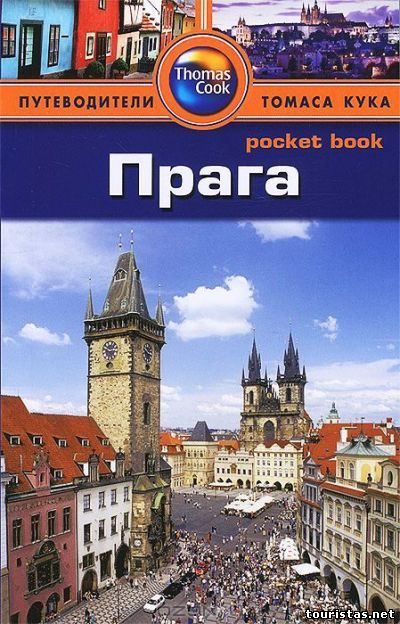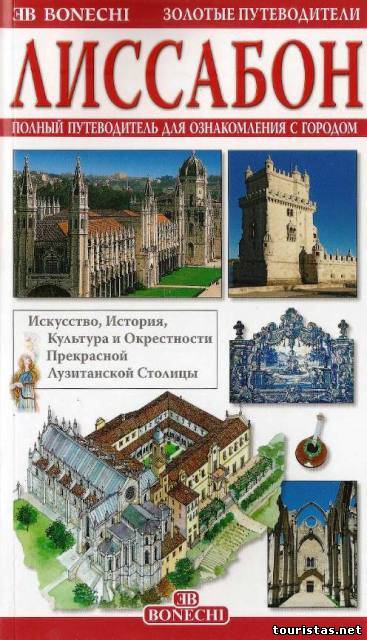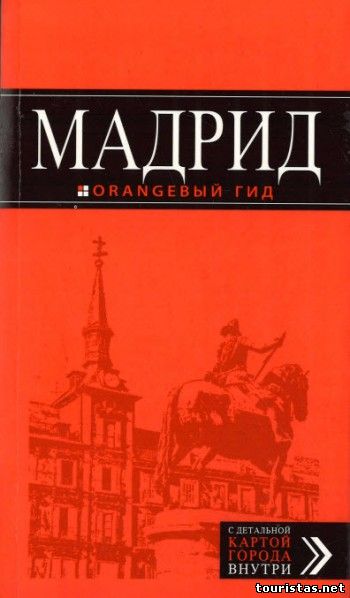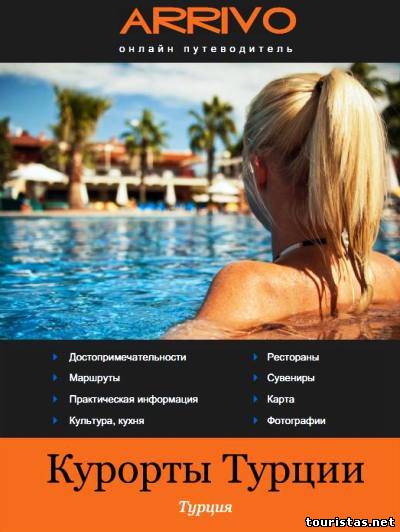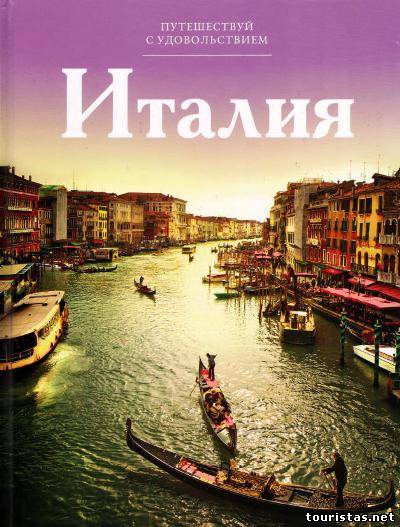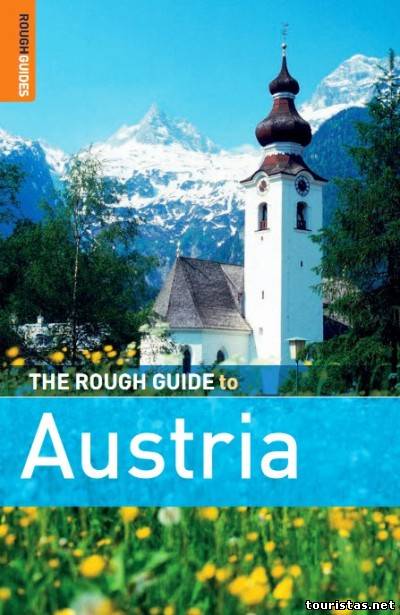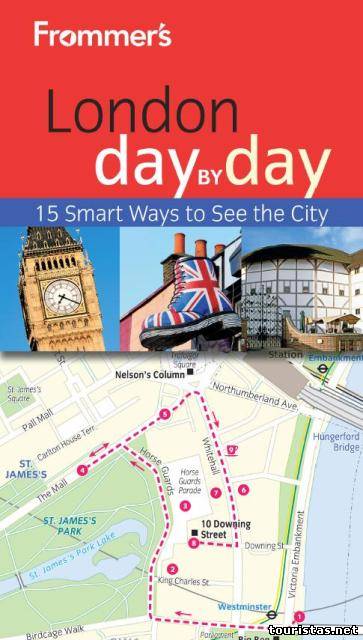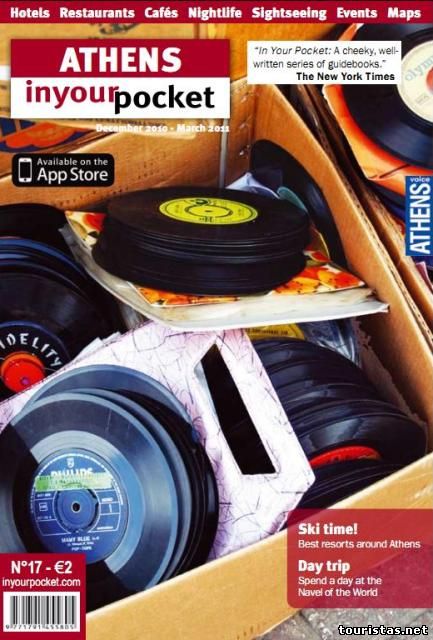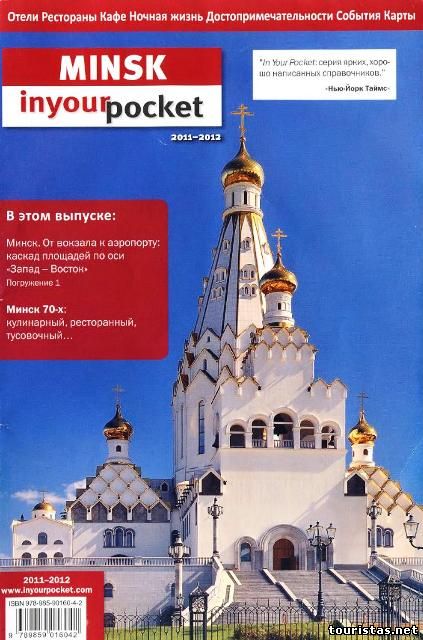Поиск
 e-mail: toshkolab@yandex.ru e-mail: toshkolab@yandex.ru
Друзья сайта

Статистика
Онлайн всего: 1 Гостей: 1 Пользователей: 0
|
Каталог статей
В категории материалов: 62
Показано материалов: 46-60 |
Страницы: « 1 2 3 4 5 » |
Сортировать по:
Дате ·
Названию ·
Рейтингу ·
Комментариям ·
Просмотрам
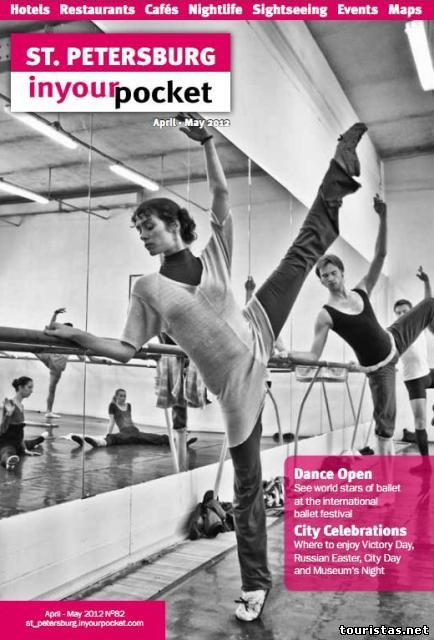 Welcome to St. Petersburg! Peter the Great's 'window to the west' and
without a doubt one of the most stunningly beautiful cities in the
world. There are some whole countries who probably can't boast as many
great sights as this one city. From the
priceless treasures of the world-famous Hermitage to the palaces and art
of the Russian museum there's a heck of a lot of culture to be enjoyed.
Then there's the historical angle - Catherine the Great, Peter the
Great and the last Russian Tsars all left their mark on this great city,
as did Russia's great writers such as Dostoevsky and Pushkin. Many
visitors also associate the city with the communist era and memories of
old Leningrad, and especially the terrible siege of World War II, still
linger on in the city's many monuments and parks. Finally if you are
here simply to enjoy yourself and have fun - you are in the right place!
St. Petersburg's nightlife scene is legendary and the locals are famous
for being much more relaxed that in the Russian capital Moscow. Every
season has its own special celebrations and fine dining, world-class
ballet and opera and cafe culture are all part of the Petersburg way of
life. |
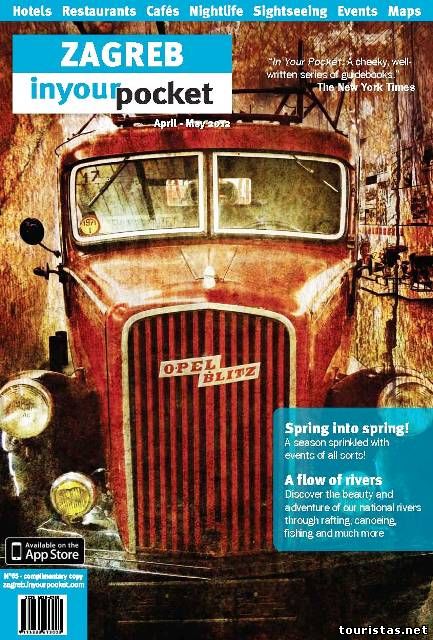 Zagreb - the capital of Croatia. Spring
is here and the flowers are blooming, the birds are singing and it’s
the season of giving. Ok, enough with the sentimental lingo. We’re
totally looking forward to April/May and we hope to ‘spring’ some lavish
del ights into your social calendars. After all, there are places
to go, and see, and be seen. The past year has really brought a feeling
of renewal in Zagreb . Like the crocuses now daring to show their faces
in our back yard, there are new cultural events popping up all the time:
art, film, music, architecture... We have an egg hunt of events in this
years Spring rendition. Without haste, you can totally get into the
Season of Easter with a dash of jazz and urban melody, art is as always
compulsory and not to mention a shake of queer. The only trouble is, it
can be hard to hear about these happenings. You have to keep your ear to
the ground, and it’s particularly tough if you’re not a Croatian
speaker. That’s where we’re here to help. Take a look at the Events
pages, because there are things that are real ly a pi ty to miss. And,
again, we have more clubs, bars and restaurants for your delectation.
The long, warm evenings are coming at last. Plan to make the most of
them. |
Путеводитель по Дублину. You can be assured that Dublin’s enthusiasm for entertainment certainly
won’t. The city has a great mixture of indoor and outdoor events for the
daytime hours, and the city’s pubs are an ideal place to while away a
chilly evening. Enjoy the natural autumnal beauty with a stroll or bike
ride through the Phoenix Park, and when returning to the city enjoy a
pint of the black stuff at the Guinness Storehouse.
|
2010 was the year when all the sceletons emerged from the Greek
economy’s cupboard. Decades of overspending, corruption, nepotism and
tax evasion had to be confronted when the money ran out. A huge bailout
saved - for the time being - the country from going officially bust, but
the conditions were so savage that the population feels like it’s gone
back to the seventies in terms of prosperity. |
Город является самым большим в Гессене - в нем проживает 660
тыс. человек. Он бесспорно является некоронованной столицей запада
Германии.
|
Путеводитель по Минску на русском языке из серии "In your pocket".
|
Brisk air, coloured leaves in the
parks and breathtaking plays of light over the lake: autumn in Zurich can be all
that. All you need to navigate our lively city now is a warm coat and a copy of
Zurich In Your Pocket, fresh off the press for the first time this month. In
case autumn pulls its worst tricks and covers the city with rain and fog, don’t
worry: Zurich has plenty of places to go where you don’t have to worry about the
weather. The major Picasso exhibition opening in October at the Kunsthaus would
be one of our first choices. Or hop on a train, and in an hour’s time you can be
warming up in one of the hot thermal springs in Zurich’s back-country.
|
On the heels of one of the most
scorching summers on record, Kyivites couldn’t be happier that the chilled days
of autumn are here. And although it may be brisk, it’s never too cold to explore
the city’s beautiful parks and inspiring historical sites (see What to see). The
golden leaves of the beloved chestnut tree are sure to throw new light on the
city’s unique architectural collage of ancient cathedrals, crumbling Soviet
housing blocs and rising contemporary office buildings. If you happen to get
caught in one of Ukraine’s notorious bone chilling autumn showers, don’t fret,
just use Kyiv In Your Pocket to make an informed plan B and even rainy days can
be splendid.
|

Over recent years there’s been a glut of half-spent has-been 1970s rock
bands (one former guitarist from never-quitemade-it band Rainbow
anyone?) doing the rounds in Russia peddling greatest hits albums and
hoping, we presume, to fund some drug fuelled partying in their final
years. That or to pay for painting holidays in Tuscany. But 2010 has
finally seen the trend start to change. In the spring Depeche Mode came
for their third ever Russian gig (astonishing given that every fifth
Russian professes to love them undyingly), the ever faithful Metallica
showed up again 20 years after their legendary last days of communism
gig and in August U2 finally played their much hyped gigantic concert at
the Luzhniki stadium.
|
 Каунас – второй по величине город Литвы, расположенный на слиянии рек
Нямунас и Нярис. Начало городу положила возведенная в XIII в. первая в
Литве, и самая крупная в те времена, каменная оборонительная крепость. В
1408 г. городу предоставлены Магдебургские права, благодаря чему он
стал стремительно развиваться, росло его значение как центра торговли с
Западной Европой и портового города. В XVI в. Каунас превратился в один
из наиболее хорошо сформировавшихся городов Великого княжества
Литовского. |
 First mentioned in written sources in the 13th century as Memel, the
name by which Lithuania’s major sea port is still known to the
German-speaking population of the world, the extraordinary city of
Klaipėda has been inextricably connected with the Lithuanians for
centuries. Almost entirely destroyed during the Battle of Memel towards
the end of the Second World War and famously boasting a population of
six at the end of the hostilities, Klaipėda’s continued status as a
bustling harbour ensures a rich ethnic pedigree missing in many other
parts of the country.
|
A quaint central European town that proudly celebrates its long
turbulent history and rich cultural heritage, with 50,000 inhabitants
Celje is the third largest city in Slovenia and an increasingly popular
destination for both domestic and international tourists. Over the past
two millennia the city has seen its fair share of ups and downs. After
becoming a boom town during Roman times, it was virtually absent from
the historical record until the 12th century, and then a regional
powerhouse under the rule of the ill-fated Counts of Celje (p 10), only
to take an historical backseat again until its re-emergence during the
20th century.
|
Иллюстрированный путеводитель по Бухаресту.
Bucharest is a vibrant, modern city which – while it has its problems –
is increasingly like any other European capital. The young (and the not
so young) enjoy going out in its cafes, bars, pubs, restaurants, clubs,
discos and live music venues, much as their counterparts do in almost
every other city in the developed world. So
it is disconcerting when journalists from newspapers in Western Europe
describe Bucharest’s rejuvenated Old Town – the buzzing entertainment
area increasingly serving as the heart of Romania’s capital – as ‘all a
bit homogenous and uninteresting. |
Иллюстрированный путеводитель по городу Дубровник. As fortified seaside
towns at the foot of mountains go, Dubrovnik is a unique and amazing
place. Indeed your first glimpse of the town - especially when
descending along the airport road - can easily turn out to be a
heart-stopping, love-at-first-sight experience. However the bitter part
of the Dubrovnik pill is that the rest of tourist-land has discovered
the place too, and the chances of an intimate encounter with the city’s
charms seem disappointingly slim when you first arrive. |
Город Катовице – столица силезского воеводства Польши. Город Катовице расположен в южной части катовицкой возвышенности, на
берегах рек Рава и Клодница в Горносилезском промышленном округе.
Насчитывает ок. 370 тыс. жителей. |
|








